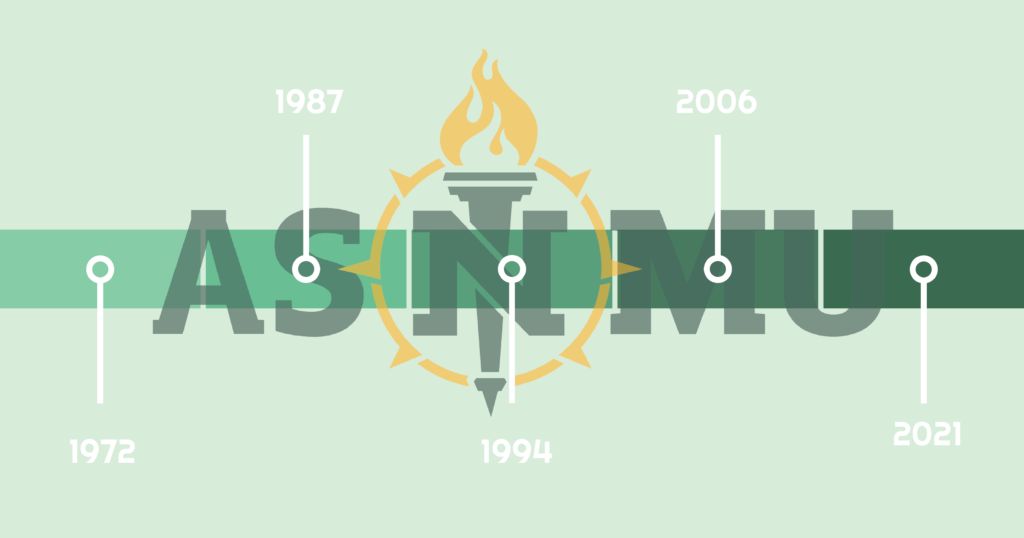With summer coming to a close and students filing back into classrooms, it is only a matter of time before news outlets begin regularly publicizing lunchroom incidents, standardized testing, and, most commonly, parents outraged by content being taught in specific courses.
Censorship in academia is not a foreign concept, and most people have been exposed to it through stories that involve the banning of particular books, or information being taught in sex education classes through administrative or state standards. What is interesting is that most stories like this tend to be limited to elementary or secondary schooling. Now, the act of regulating “offensive” material is becoming increasingly normative in universities; not by faculty guidelines, but by students.
The concept of so-called “trigger warnings” first came from the First World War when PTSD was referred to as “shell shock,” in which afflicted individuals would experience a psychological response stemming from a traumatic experience. In recent trends, students from universities will approach faculty, asking them to refrain from teaching content that may produce triggers, in efforts to safeguard themselves and other students from distressing situations. “Triggers” can be as innocuous as certain colors or loud noises, or can pertain to more sensitive things such as depictions of sexual assault or violence.
In an article published from The Atlantic titled “The Coddling of the American Mind,” Greg Lukainoff and Jonathan Hait discuss this by stating, “In an article published last year by Inside Higher Ed, seven humanities professors wrote that the trigger-warning movement was “already having a chilling effect on [their] teaching and pedagogy.” They reported their colleagues’ receiving “phone calls from deans and other administrators investigating student complaints that they have included ‘triggering’ material in their courses, with or without warnings.’” The article continues by saying, “When students come to expect trigger warnings for any material that makes them uncomfortable, the easiest way for faculty to stay out of trouble is to avoid material that might upset the most sensitive student in the class.”
Take for example discussions regarding race—to have conversations devoid of this because they may contain discomforting material is counterproductive to the discussion that modern racism exists. These conversations are pertinent to understanding how persons can understand and eliminate negative racial perceptions, versus not acknowledging that it is a problem on the basis of someone being offended by a potential comment.
This follows for several topics of discussion that have uncomfortable material, but it is also important to differentiate taking offense and having an emotional reaction to traumatic content. The article further states, “a discussion of violence is unlikely to be followed by actual violence, so it is a good way to help students change the associations that are causing them discomfort. And they’d better get their habituation done in college, because the world beyond college will be far less willing to accommodate requests for trigger warnings and opt-outs.”
It is a professor’s job to accommodate students who have gone through traumatic experiences by offering a safe environment for addressing difficult topics, versus shying away from them entirely. These problems exist outside of academic institutions, and to avoid them creates a destructive unpreparedness for students who may not have others willing to accommodate them outside of schooling.
Additionally, offering a safe place for difficult discussions promotes critical thought, the very thing higher education tries to promote. The stifling of this material not only polarizes opposing viewpoints, but also does not offer a place to learn valuable information that should be addressed. It’s essential for us, as students, to recognize these trends, and approach them in a manner where we are able to hold discussions that are hard to talk about.



























